DANCE STYLES
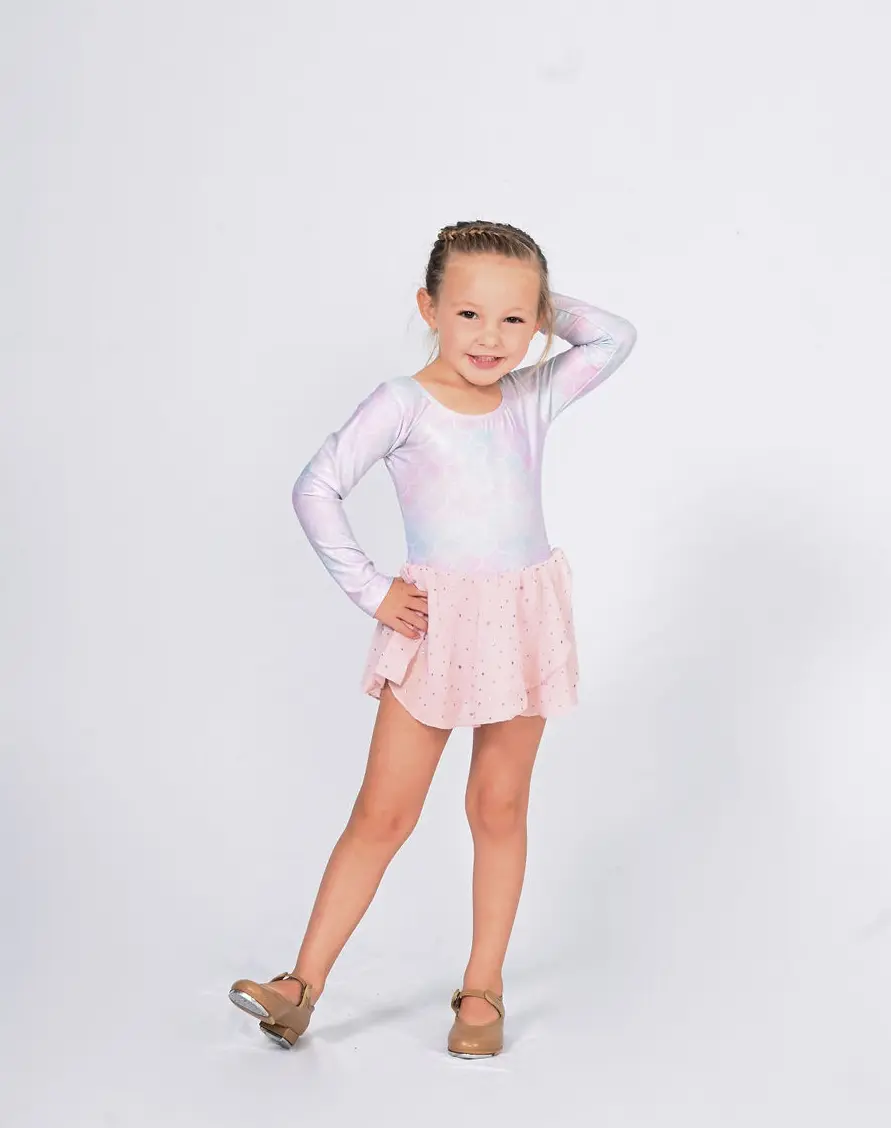
Tap
In this style of dance dancers learn to create music with their feet. Dancers wear shoes with heel and toe taps, to begin combining rhythm, tempo, and clarity together! Universal tap steps and retention of terminology are important goals for the class. More complex rhythmic patterns will be taught as the dancers advance in this style.
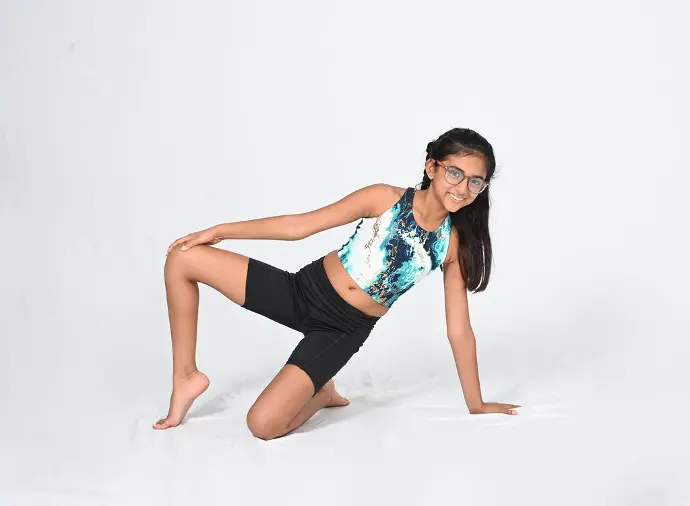
Jazz
This upbeat style of dance combines both sharp and fluid movements with strong technique. Dancers will incorporate body isolations, travel and space awareness, floor work, along with jazz skills in progressions and dance combinations.
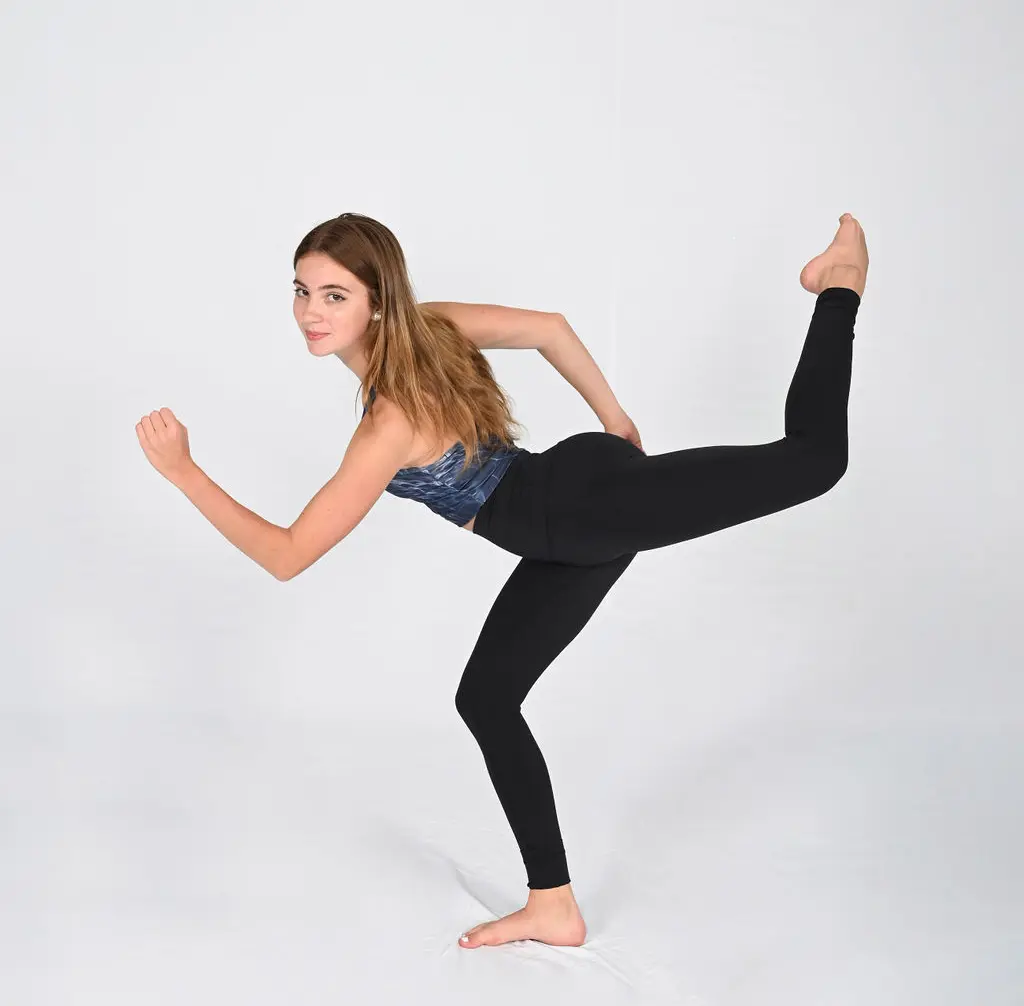
Contemporary/Lyrical
Dancers use a mixture of ballet technique and jazz style in this class. Slow, contemporary music is often used to inspire dancers to create, feel and tell a story through movement. Dancers also use improv and partner exercises to develop their skill set use of space. A ballet or jazz class is recommend along with a contemporary/lyrical class to develop their own skill set and use of space.
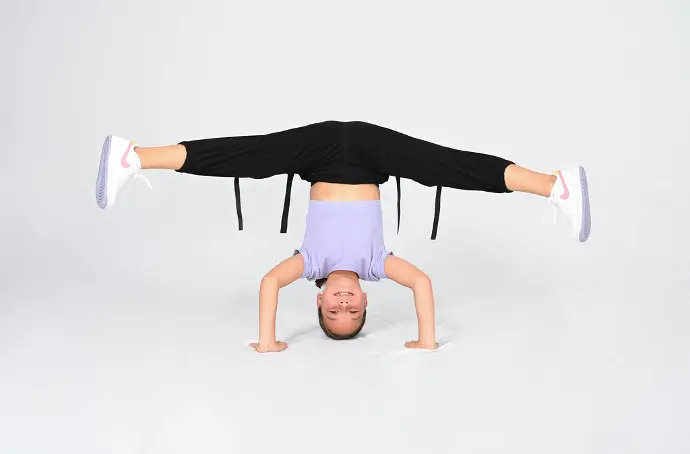
Hip-Hop
This is a popular dance class that allows students to loosen up and gain confidence while enjoying a high energy workout. The class includes body isolations and combinations that require fast footwork and arm movements. Pop and trending music is often used in a hip hop class and can attract dancers of all ages and skill levels.
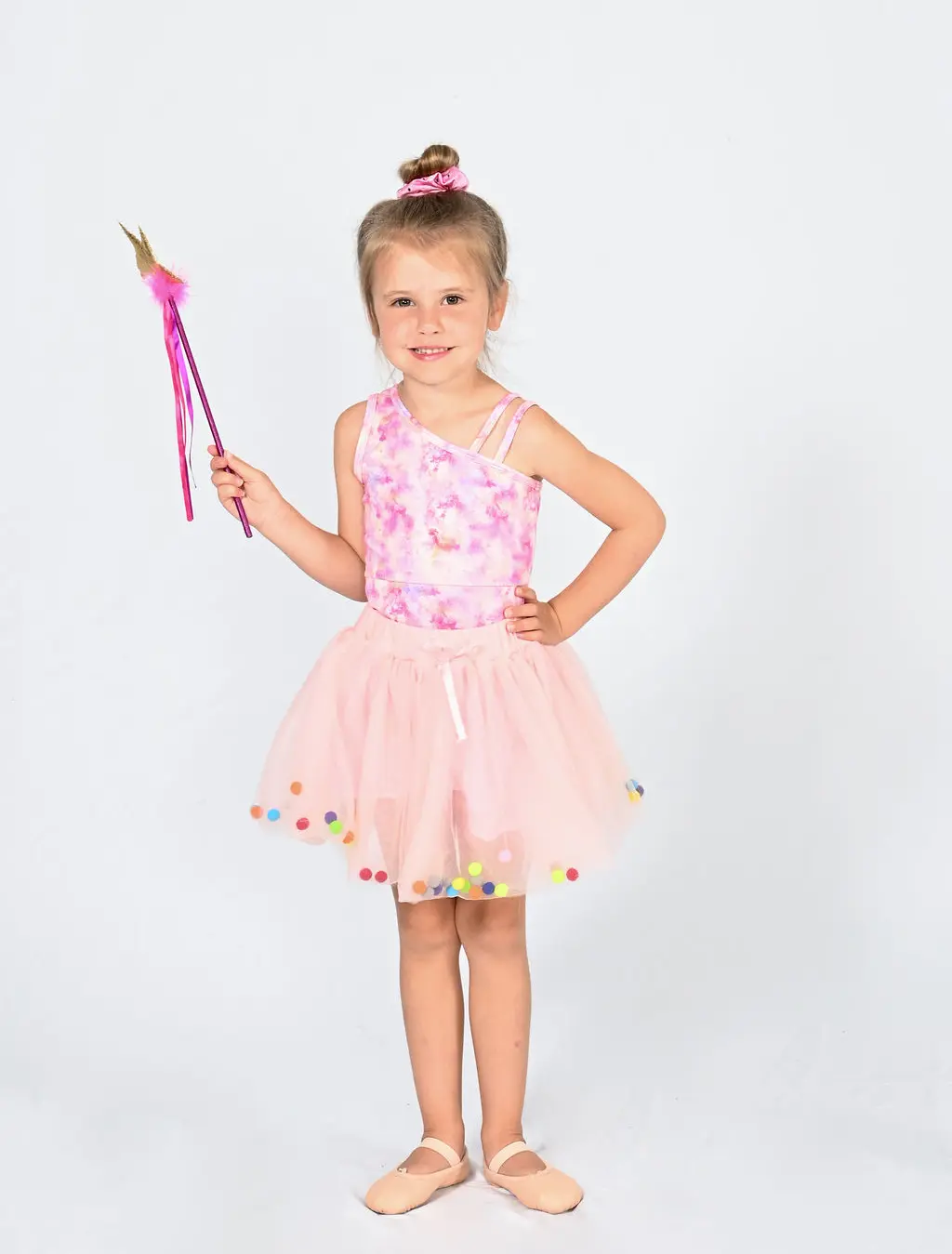
Ballet
Through its classical dance form, instructors can lift spirits and encourage students to carry themselves with grace and self-confidence. Classes focus on posture and body alignment while emphasizing muscular strength and footwork. Instructors use exercises at the barre to stretch and strengthen dancers lines as well as introducing them to the correct vocabulary. Center floor and more advanced work teaches students musicality, movement and coordination.
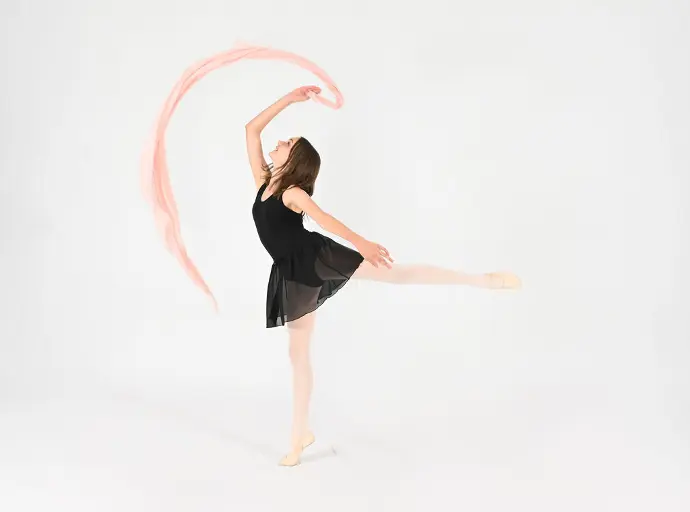
Pointe (Pre-Pointe)
Dancing on pointe is the act of performing ballet skills while standing on the tips of the toes. Pointe and pre-pointe classes require strength and strong technique so so our professional staff is there to guide, advise, and ensure dancers are physically ready for these classes. Both classes focus on ankle, foot and body placement so dancers can execute skills properly and perform with strong technique
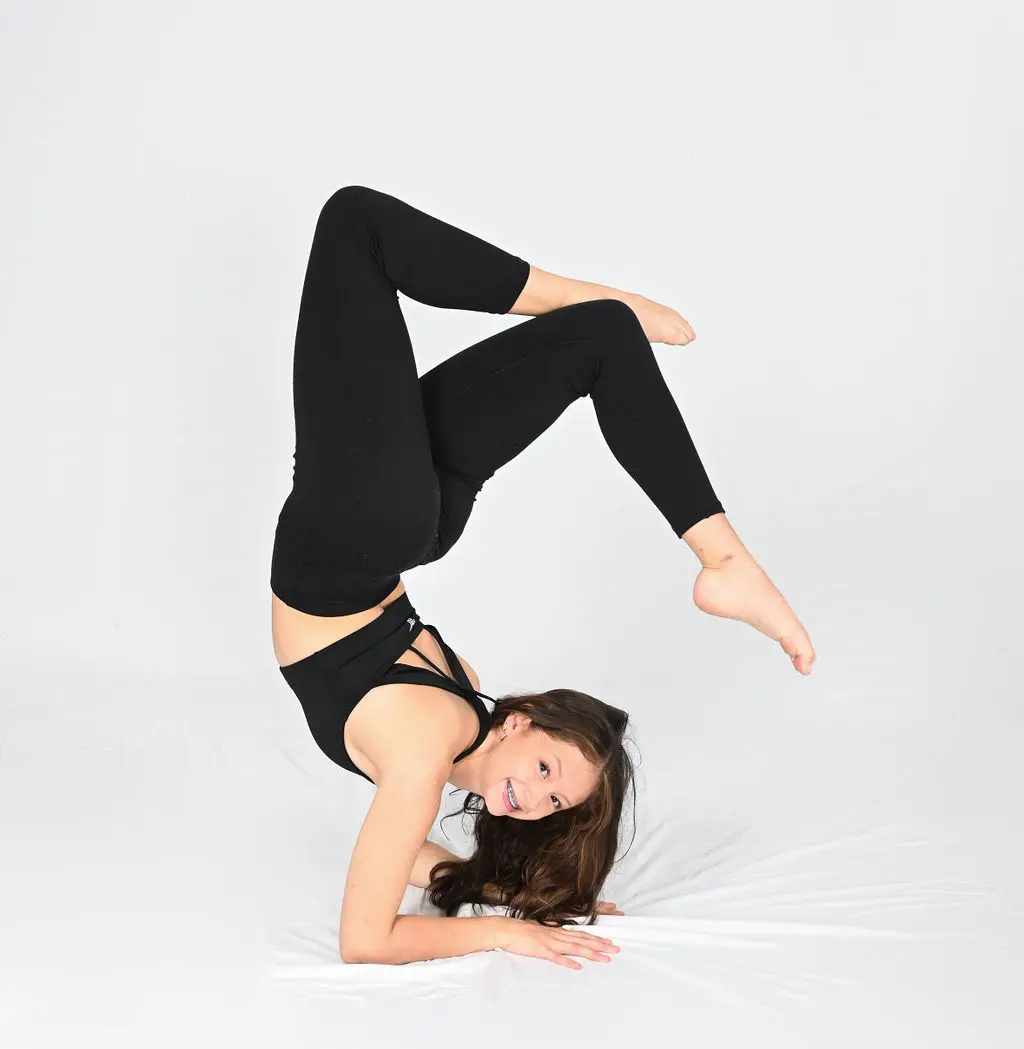
Acro
Acrobatics uses strength and flexibility to perform gymnastic-based tricks. Students perform conditioning exercises to prepare them for increased difficulty. It teaches flexibility, balance, strength, and coordination.
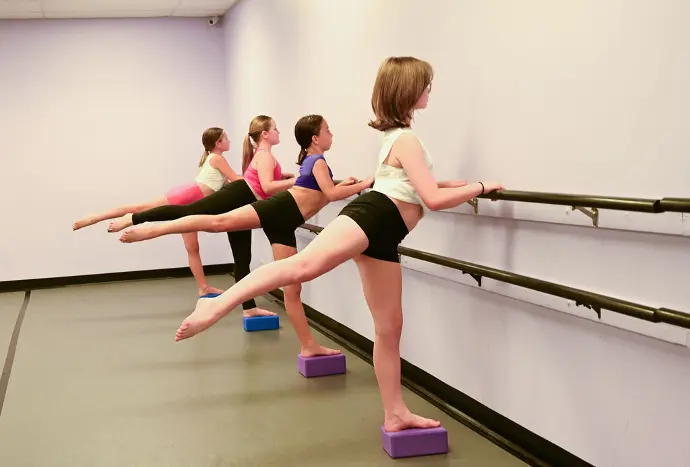
Stretches & Turns
Both of these classes focus on taking the dancer to the next level. Instructors work on flexibility, body alignment, core strength and endurance. Dancers start at the basics and then progress through a more advanced skill set. These classes are intended to strengthen technique and teach dancers a wide vocabulary of jumps and turns that can be used in all styles of dance.